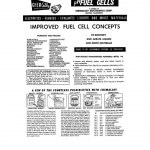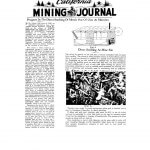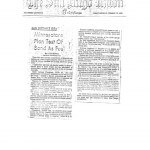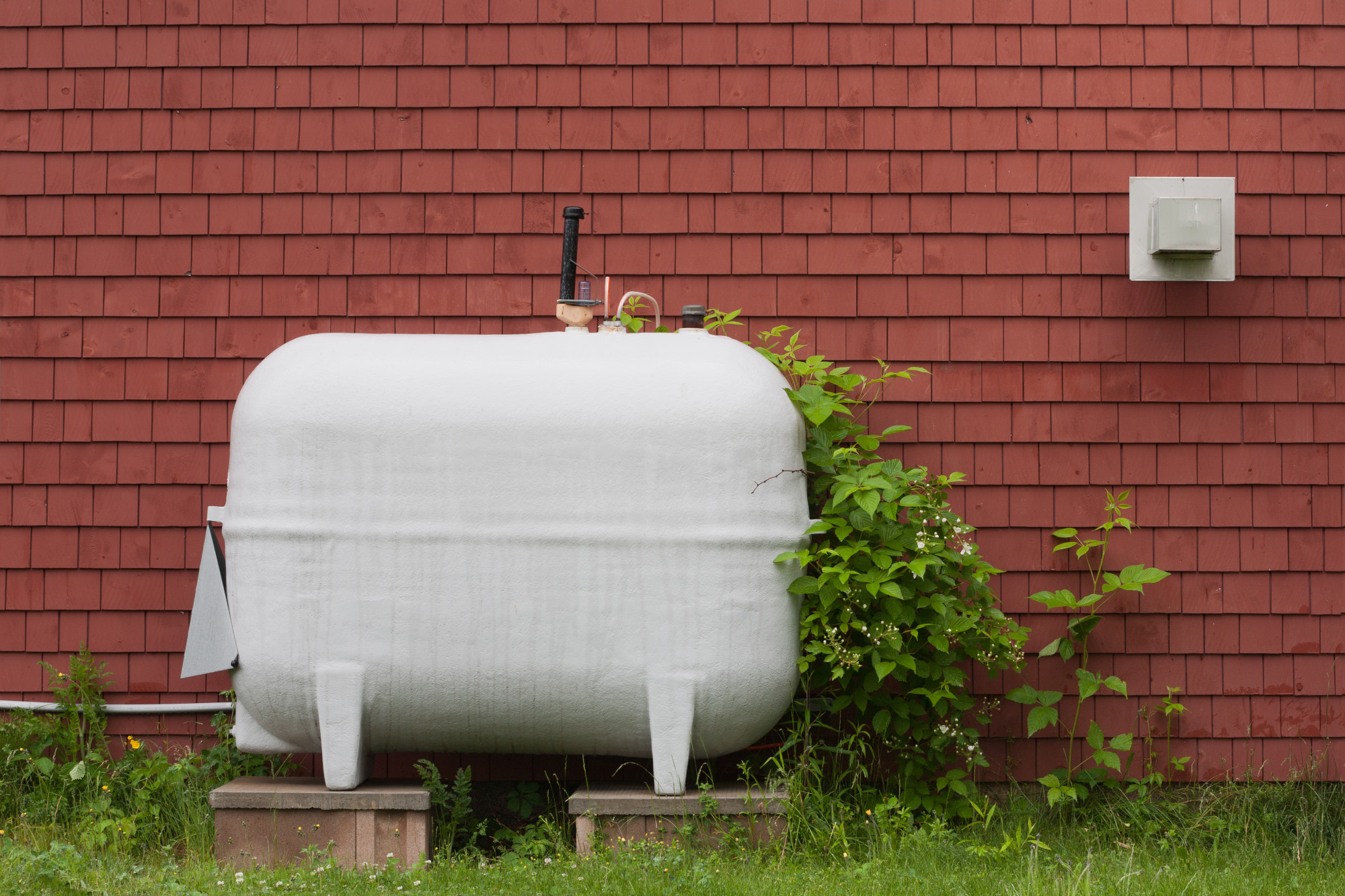IMPROVED FUEL CELL CONCEPTS
NUMEROUS USES INCLUDE:
- ACIDS/ALKALIS
- AERATION/EFFERVESCENCE
- ARCTIC AGRICULTURE
- BI-POLAR DC FOR AC
- BATTERIES
- BOTANY
- BUOYANCY/GRAVITY
- CRYOGENICS
- DEHYDRATION
- ELECTROCULTURE
- ELECTRICITY
- ELECTRICAL RESPONSE
- EDUCATION/SCIENCE
- ∗FLORICULTURE
- FORESTRY
- FUEL CELLS
- ∗GARDENING
- GAS CHROMOTOGRAPHY
- HYDROGEN RELEASE
- HYDROLOGY
- HYDROPONICS
- ∗HORTICULTURE
- IRRIGATION
- LIQUID DISASSOCIATION
- MINERAL/TITRATION
- ∗MEDICAL/LIFE STUDIES
- OCEANOGRAPHY
- ∗PLANT STUDIES
- pH STUDIES
- PRODUCT IDEAS
- QUALITY CONTROL
- ∗RODENT CONTROL
- ∗SEED GEERMINATION
- ∗SOIL WARMING/LOOSENING
- SCIENCE FAIRS/CLUBS
- WATER EVALUATION
∗∗∗AGRICULTURE AND GARDENING: Subject to licensing in some states having broad fertilizer statues discussed on back of card, may be used in moist soil to aid growth of vegetables, flowers, shrubs and trees. Plant with buried seeds at rate of 5 lbs. per acre, more or less, depending on seeding density, to make soils more friable and warmer. Useful where soils are too compact, climate cold or season too short.
TO ELECTRIFY AND AERATE LIQUIDS AND MOIST MATERIALS
WORKS IN ANY ENVIRONMENT, PRESSURE OR TEMPERATURE
NON-SOLUBLE HOMOGENIZED POWDERED METAL TO
- Aerate and electrify water, acid and alkali liquids or moist materials.
- Make electricity from liquids to energize indicating instruments.
- Evaluate, Compare or Identify medical, hydrological, industrial or food-dairy fluids in terms of electrical response.
- EDUCATION & RESEARCH. Produce Hydrogen from liquids derive batteries. Restore Balance in acid and alkali situations when pH is other than 7. Titration studies. To make electricity from liquids to energize indicating instruments.
TECHNICAL DESCRIPTION: Any size or particle of Chemalloy yields about 5 volt at 200 microamperes in water as evidenced by connecting a meter with one lead to a single particle of metal and the other lead anywhere in the liquid or moist material. It will indicate higher or lower in liquids other than water depending on their pH. Sea water is about 50% higher than fresh water. Chili Sauce is about twice as much as water. Since Chemalloy is powderized over 1.000.000 pieces per pound to become that many electrical entities, this is enough to decompose liquid into multitudes of hydrogen gaseous bubbles. Hydrogen is the lightest element known and yet comprises one-ninth of the weight of water.
INSTRUCTIONS: Chemalloy’s electrifying properties break down liquids to release hydrogen and disturb the pH. pH is the unit measure for quantity of hydrogen ions free in a solution. Water is neutral with a pH of 7. Any acid will be lower and any alkali will be greater than pH 7. Chemalloy works with liquids and moist materials found in the hoe or on grocery shelves. Fruits, juices and soft drinks have a pH of about 3, indicating an acid with 10.000 times the free hydrogen ions of water. Vegetables are pH5 to 6 (10 to 100 times). Seafood and milk at 6 to 6.9 (nearly neutral). Sea water is alkaline and above pH7 as are fresh eggs, soaps, ammonia and milk of magnesia. Chemalloy in contact with anything wet provides the information needed to conduct experiments by degrees of electrification, aeration and pH.
ACID-WATER-ALKALI (BASE) pH TABLE
ACID-WATER-ALKALI (BASE) pH TABLE
| pH | Amount Free Hydrogen Ions Over Water | |
|---|---|---|
| pH1 | Acid | 1.000.000 times (semi-potent) |
| pH2 | Acid | 100.000 times (lemon juice) |
| pH3 | Acid | 10.000 times (fruits) |
| pH4 | Acid | 1.000 times (beer) |
| pH5 | Acid | 100 times (vegetables) |
| pH6 | Acid | 10 times (milk) |
| pH7 | Neutral | (PURE WATER) |
| pH8 | Alkali | 1/10th of water (sea water) |
| pH9 | Alkali | 1/100th of water (borax) |
| pH10 | Alkali | 1/1000th (household ammonia) |
| pH11 | Alkali | 1/10.000th (milk of magnesia) |
| pH12 | Alkali | 1/100.000th (saturated lime) |
| pH13 | Alkali | 1/1.000.000th (semi-potent) |
Progress In The Direct Smelting Of Metals Out Of Ores At Minesites
In the August 1969 issue of CMJ, we published information from Commander Samuel Freedman, USNR Retired on the subject of DIRECT SMELTING OF METALS OUT OF ORES AT MINESITES. Commander Freedman is a lifelong electronic specialist with many patents and developments to his credit during the past 40 years in electronics and metallurgy. During the past 20 years, he has been President and General Manager of Chemalloy Electronics Corporation at Gillespie Airport in Santee, California, on the outskirts of San Diego.
This article in CMJ evoked an unprecedented amount of reader interest with nearly 1000 letters reaching him or the editor thus far. It pertained to simple facilities and techniques such as illustrated in Sketch (Fig. 1) wherein ore is steadily fed into a furnace crucible containing a shallow bath of molten Chemalloy metal as the collecting medium. This Chemalloy metal is the same material that Sears, Roebuck and Co. has been handling since 1958 as Craftsman Fiuxless Aluminium Solder No. 80972 and that W.T. Grant Stores handle as Grant’s Solder No. 6387 as well as other outlets. This solder metal in contact with liquid has a fuel cell or battery effect which for water yields ½ volt plus and also minus DC @ 200 millionths of an ampere per piece or increment. It is electrically the same whether a ton ingot, an ounce rod, a millionth of a pound powdery particle or otherwise. For the direct smelting program, it is extended further in this bipolar DC electrical phenomena. For this application, each tiniest molten increment down to molecule size provides its own electrodes and electrolyte to become an astronomical number of half-volt low current electrical entities. It is further extended by the interaction between the top of such molten bath and the bottom of ore overlay resting on the bath, particularly when ores are complex internally which is the usual case.
Referring to the sketch which for a 10 foot long furnace has a typical capacity of 5 tons of ore per hour with a processing passage time of 10 minutes between entry of raw ore and exit of residue/ashes becoming as needed for different ore kindling properties as much as 10 tons per hour for 5 minutes processing, 20 tons an hour for 2 ½ minutes and 50 tons an hour for 1 minute cycles. Some ores, especially when spread on thinly ignite almost as fast as gasoline. Raw ore, or ore concentrate is fed in by gravity at one end into the furnace crucible of molten bath metal.
Direct Smelting At Mine Site
Ore enters by gravity at left end into a molten chemalloy bath in angle iron crucible. The eccentric wheel outside firebox is motor driven, geared down, to pull ore trough by paddles in a period of 10 minutes more or less depending on ore and metals to be smelted out. On first revolution of wheel, the paddles push ore atop bath half way. On next revolution forward paddles pull it rest of way with ashes exiting by gravity and extractions collecting in bath in crucible until saturated for removal. The flune is minimum and primarily used to monitoring that no pollution exists.
Typical scene under 30 power microscope when gold is smelted out of ores by Freedman Chemalloy in direct smelting.
If silver and gold exist together, gold must be 60% to see its colors and not be concealed by silver. But, gold can be seen as minority metal if look for the dendrites or disarray of matchsticks. The presence of other metals or colors will not hide it.
Once dendrites or match stick disarray can be seen, gold in color will start breaking through shortly thereafter when more ore is processed. This permits determining presence of gold even in very small ore concentration.
Minnesotans Plan Test Of Sand As Fuel
Three little rural electric cooperatives in Minnesota are banking on a San Diego’s longshot entry in the race to come up with an alternate fuel to ease America’s energy crisis. A spokesman said they are moving swiftly to obtain a federal grant to delve deeper into the practicality of utilizing sand, crushed rock and earth in lieu of conventional fuels.
Cmdr. Samuel Freedman, USNR ret., who has pioneered the revolutionary approach, said he will counsel the co-ops – located in Benson, Alexandria and Pelican Rapids, Minn. – if the government grant is obtained and an experimental plant is established in that state.
Clarence W. Peterson, general manager of the Lake Region Co-op Electrical Association at Pelican Rapids, has just completed his second extended visit to San Diego looking into Freedman’s progress.
Earlier, J. Perino, general manager of the Runestone Co-op and Willard Anderson, general manager of the Agralite Co-op, were here from Minnesota.
Minnesota was described by the visitors as energy starved, utilizing lignite from a neighboring state for the generation of electricity for Rural Electrification Administration cooperatives. Sam Stewart, who leads the Minnesota Energy Agency, said his organization ’’endorses Friedman’s concept”.
Presumably, Stewart said, the research grant would involve the Energy Research and Development Administration (ERDA). He said a decision on an application for $250.000 to $500.000 might be expected “within 30 to 20 days”.
Southern California scientific circles tended to take a cautious position in regard to the Freedman experiments igniting common earth fuels over a molten metal bath catalyst.
Dr. Stanford Penner, director of the UCSD Energy Center, said he was “very skeptical”. Dr. Earl Wadsworth, who heads the chemistry department at San Diego State University, said it appeared to him there is “no practical way” of coming up with a new energy gain.
However, Lawrence P. Saunders of Los Angeles and Carmel, a worldwide authority on heat transfer equipment, said he was “very much impressed” while witnessing tests conducted by Friedman. Retired now, British-born Saunders worked with electrical wizard Charles F. Kettering and later headed General Motors’ Radiator Division. He pioneered automobile air-conditioning there.
Dr. Gerald Wolder, one of the so-called key German scientists brought to the United States in 1950 along with Dr. Wernher von Braun, said Freedman’s concept is operational, but that the cost of a metal bath created to touch off other heat factors is suspect because perfunctorily. He said nonferrous junk metal has been quite satisfactory as a base for the metal bath.
If Freedman’s alternate fuel approach leads to commercial application, possibly two or three years down the line, it could prove embarrassing for California’s prestigious Electric Power Research Institute in Palo Alto, funded by the electric utility industry. That two-year-old multimillion-dollar organization indicated Freedman’s approach to more and cheaper energy was not enough to involve EPRI.
San Diego Gas & Electric Co. also was not interested when it checked out research in this alternate energy field two years ago, but conceded it might have judged prematurely.












